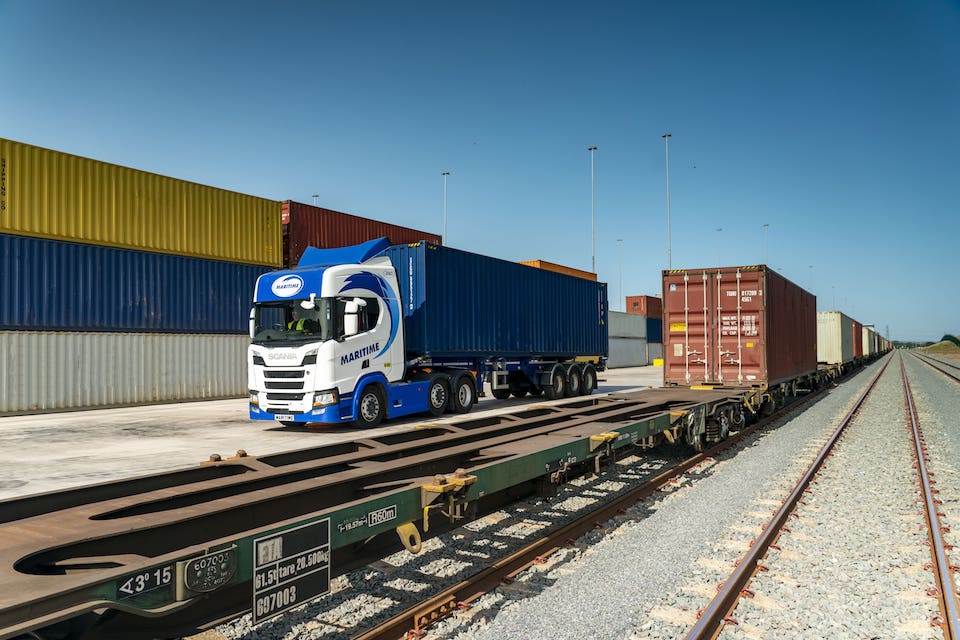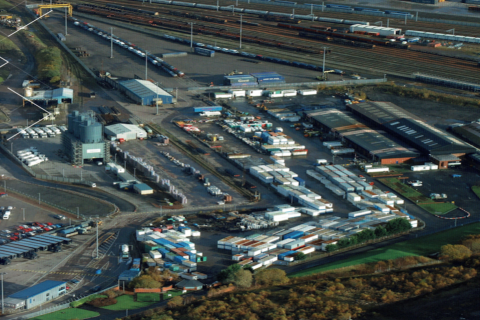Did the energy crisis help combined transport grow?

The European combined transport sector maintained its upward trajectory this year. During Q3 2021, combined transport scored a 6,18 per cent growth rate despite the generally unfavourable conditions. In contrast, it seems that these conditions contributed to its positive results.
Of course, some factors hindered operations. For instance, the floods during July, impairing a big part of the rail freight networks in Belgium, Germany and the Netherlands, possessed a serious problem. The same applied to the train drivers strikes in Germany during August. The traffic disturbances occurring from the several weeks of dispute between the strikers and Deutsche Bahn had a long-term impact on German domestic and international operations.
Energy crisis an opportunity?
What seemed to be the nemesis of rail freight actually helped combined transport develop and grow even more. Since September, “Europe was confronted with a full-blown energy crisis,” highlights the International Union for Road-Rail Combined Transport (UIRR). It was translated into record-high fossil fuel and electricity prices that had a domino effect on supply chain efficiency.
Nevertheless, even though intermodal and combined transport was affected, the rate prices concerning long-distance road haulage increased significantly due to the fossil fuel prices. This development balanced the situation since higher road rates resulted in more cargo on rail. The continuously growing driver shortage also played a role in that since it’s currently a trend in several countries.
Also read:
- ‘Combined Transport requires specific standards and regulations’
- ‘Go intermodal to grow rail’s market share,’ say the shippers
- It’s the environmental moment of truth for shippers
You just read one of our premium articles free of charge
Want full access? Take advantage of our exclusive offer





